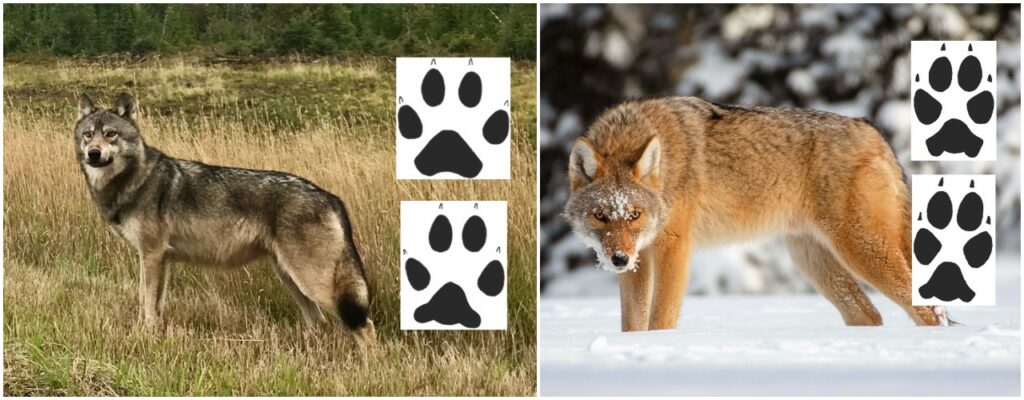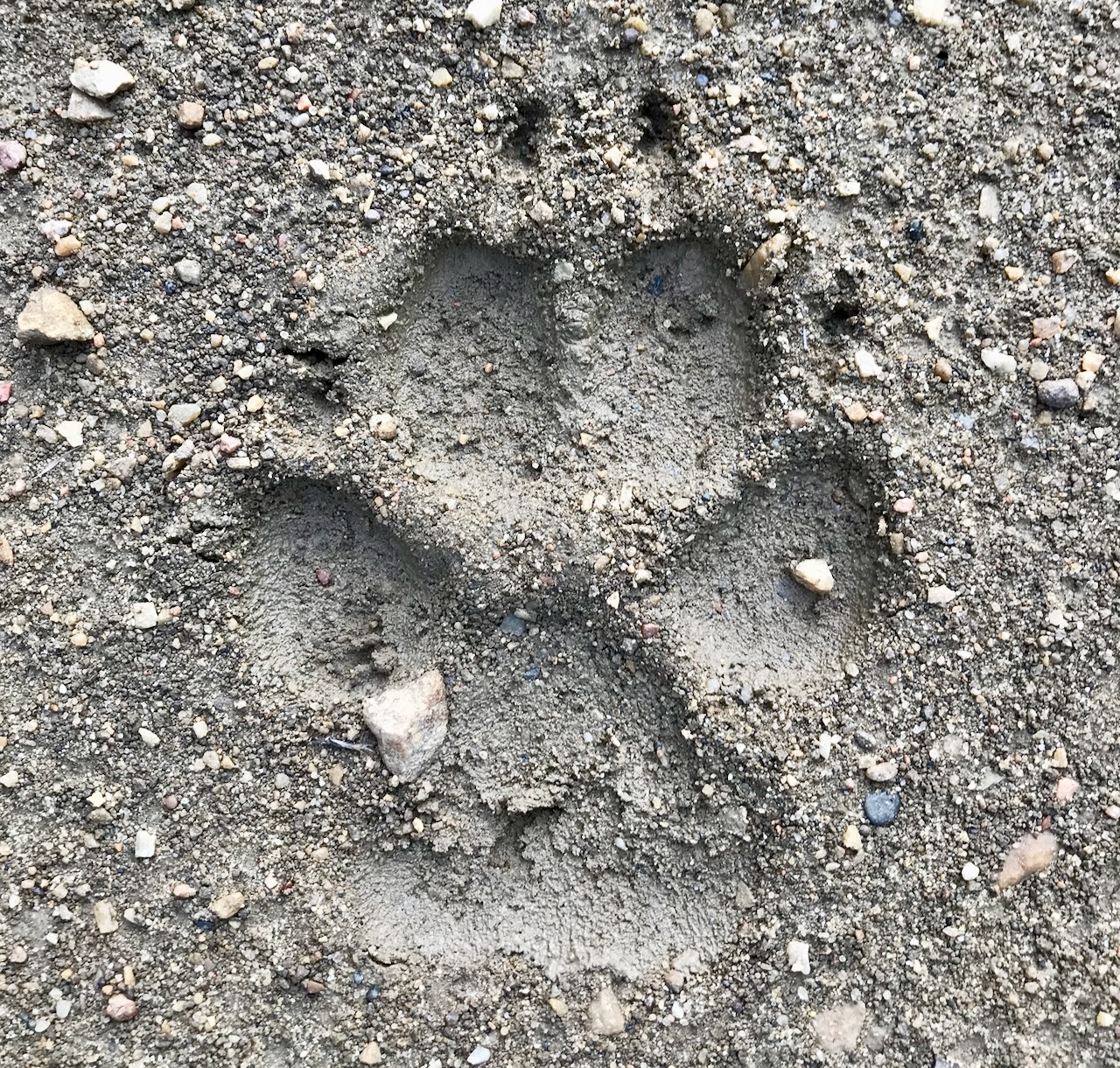SCAT TRACK FEVER
Fresh sign can sure get your heart pumping, especially when you know exactly what you’re looking at. Get an edge by properly reading predator and prey tracks and scat
Advertisement

CANINE TRACKS
Wolves, coyotes, and foxes leave unique tracks, but in some cases—at least to the untrained eye—they can resemble tracks made by wild cats. Wild dogs generally have slightly more slender and longer paws, making moderately narrower tracks. Each track features a single pad rounded by four toe pads; most wolf, coyote and fox tracks will also have a more pronounced imprint of the claws pointing in the direction of travel.
With wild dogs, the front feet are slightly bigger than the hind feet, and the tracks will reflect this. They range in size from smaller, 2¼-inch-long fox tracks to slightly longer coyote tracks at 2½ inches on up to Canada’s largest wild canine, the timber wolf, with front pads typically measuring around 4 1/8 inches in length.
Advertisement
Since wild dogs vary greatly in size and stature, it would be inaccurate to characterize them universally with specific dimensions related to their stride. Suffice it to say that foxes have the smallest stride, followed by coyotes then wolves with the longest. A timber wolf can weigh up to three or four times more than a coyote, so its tracks may also be more clearly defined in mud, sand or snow.
Fox and coyote tracks can be seen almost anywhere across the Western provinces, where wild canine populations are flourishing in both wilderness and agricultural habitats. If you find their prey species, you’ll also likely find fox and coyote tracks in short order. Commonly found in heavily forested areas throughout much of western Canada and northern Ontario, wolves are more reclusive.

